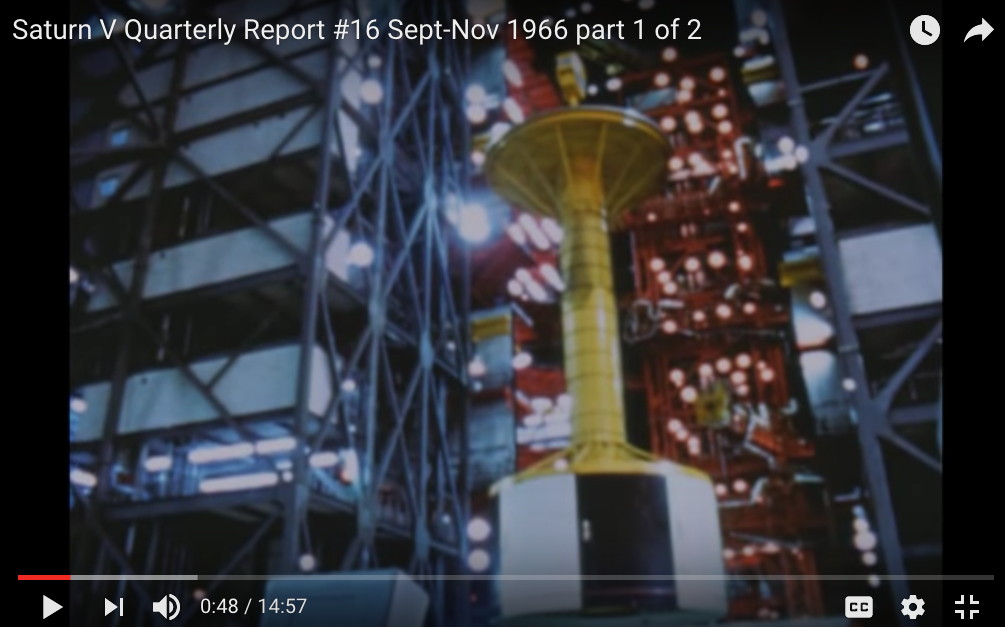- Joined
- Jul 23, 2012
- Messages
- 1,899
- Reaction score
- 873
All snippets from https://en.wikipedia.org/wiki/Apollo_6 . Highlighting is mine.
The S-IC first stage arrived by barge on March 13, 1967, and was erected in the VAB four days later, with the S-IVB third stage and Instrument Unit computer arriving the same day. The S-II second stage was two months behind them and so was substituted with a dumbbell-shaped spacer so testing could proceed. This had the same height and mass as the S-II along with all the electrical connections. The S-II arrived May 24.
Anyone ever find photos of this 'dumbbell-shaped spacer' installed in the stack?
SM-020 had been destroyed in a tank explosion
Any details at all of this event?
In part due to the vibrations, the spacecraft adapter that attached the CSM to the rocket and housed the mockup Lunar Module, started to have some structural problems. Airborne cameras recorded several pieces falling off it at T+133 seconds.
Do we know if any images of this are online somewhere?
Thanks!
The S-IC first stage arrived by barge on March 13, 1967, and was erected in the VAB four days later, with the S-IVB third stage and Instrument Unit computer arriving the same day. The S-II second stage was two months behind them and so was substituted with a dumbbell-shaped spacer so testing could proceed. This had the same height and mass as the S-II along with all the electrical connections. The S-II arrived May 24.
Anyone ever find photos of this 'dumbbell-shaped spacer' installed in the stack?
SM-020 had been destroyed in a tank explosion
Any details at all of this event?
In part due to the vibrations, the spacecraft adapter that attached the CSM to the rocket and housed the mockup Lunar Module, started to have some structural problems. Airborne cameras recorded several pieces falling off it at T+133 seconds.
Do we know if any images of this are online somewhere?
Thanks!





